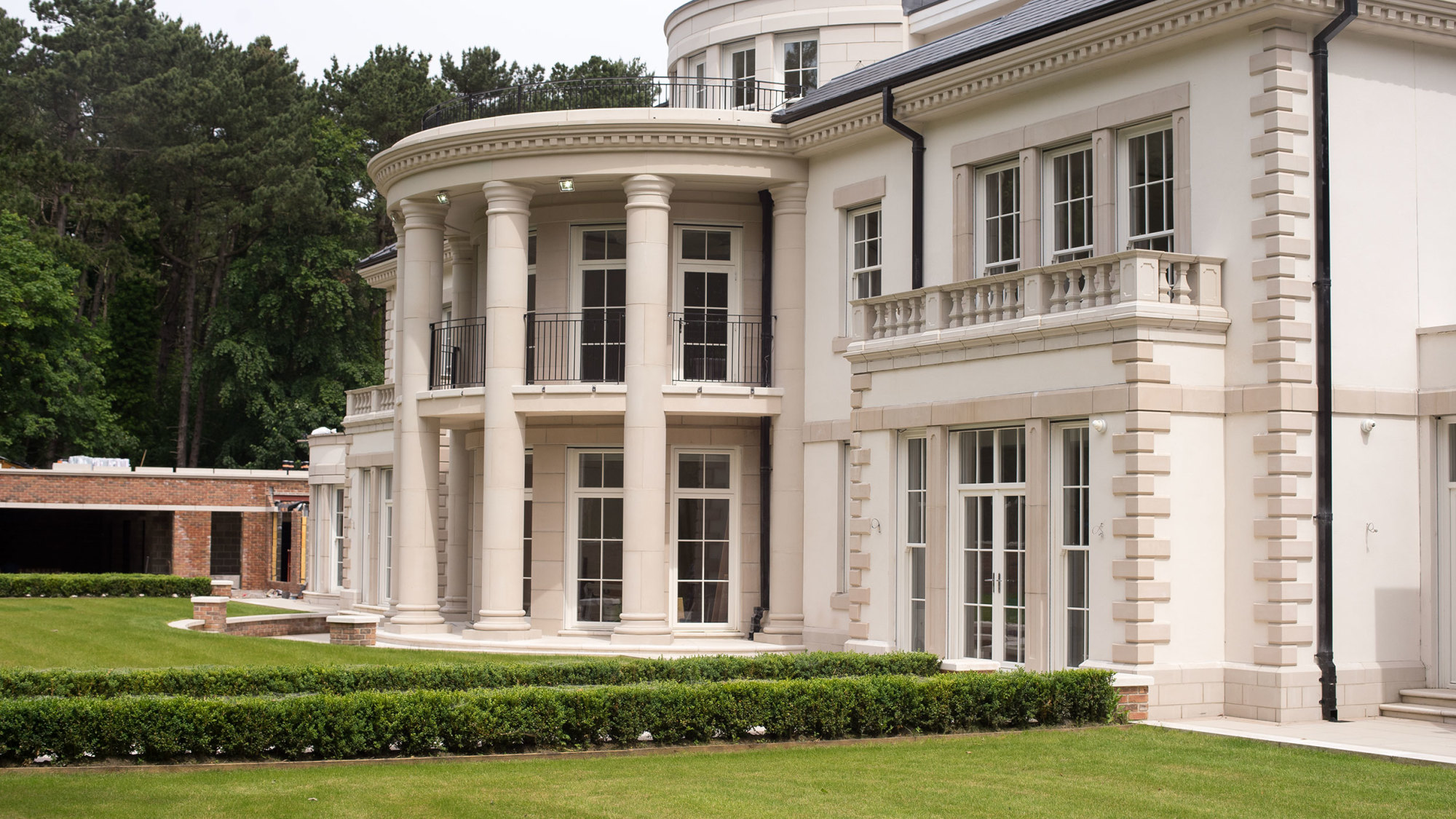Cleaner Rebates For Cleaner Windows
The Residence Collection has designed cleaner rebates for its PVC-U sash windows for authenticity...and for easier cleaning. The windows come in single...
Read Full Article
Masterframe’s Alan Burgess says each year compliance becomes more challenging and asks when did things get so complicated, especially in the heritage sector?
Do you remember 20mm, air filled units, internal astragal bars inside the units, face drainage caps and shiny white lead-based profiles?
Simpler times
Some of us remember hot dipped galvanising becoming standard on steel windows in the early mid 1970s and neoprene weatherstripping was still considered an optional extra.
So why, if the first known patent for sealed units was in August 1865, is it that double glazing is still sniffed at by conservation officers and planners?
Put simply, in the past they have been focused upon the building envelope and how to preserve (at all costs) the external appearance. Sadly, that has meant many important buildings have been left to deteriorate because the owners were reluctant to suffer the maintenance costs if they didn’t see any benefit in maintaining an environment which left them suffering draughts and expensive heat loss.
Fortunately, this dilemma has been recognised and under the national planning policy framework, planners and conservation officers must also consider the benefits to those living or working in the property, equally as much as the building aesthetics.
Planning is opinion
The thing is, that planning is not a mandatory regulation (unlike the building regulations), as it is an opinion-based permission; providing those in authority can be swayed that the proposed development (yes replacement windows are a development) is not and will not, cause significant harm, they must approve and permit it.
Changing profile
The consumer facing side of our business, however, has wanted the easy route in that they rock up to the homeowner, show them a sample, sign the order, job done. That is no longer the case. Today 1:20th scaled drawings are required along with heritage statements in the detailed application to illustrate just how little will change once the work has been completed. This process is long winded, full of challenges and frankly, not attractive to many installers unless they know how to succeed and have the support and confidence of the end user, as it is likely to take several months.
Elite installers
There are, though, a considerable band of installers who have allowed themselves to become educated as to what can be achieved in the heritage window marketplace.
Whereas a few years ago, conservation officers just accepted that all plastic windows were hideous, nowadays, many fabricators have upped their product offerings to include white wood grained foils, traditional timber look butt joints, authentic Georgian bars, monkey tailed handles and windows made from different profiles which better replicate timber originals. Some even look for Fineo vacuum glazing (which looks just like single glazed products).
Getting the planners onside
Whilst each case must be evaluated upon its own merits, there are a plenty of good examples where the officials have been suitably impressed with the installation techniques (fitting behind brickwork for instance) and overall appearance and quality of replacement products, that they accept applications more readily.
Although perseverance often leads to acceptance, sadly the process can still be time consuming. With the costs of heating and the importance of insulating our existing housing stock to meet net zero, our industry does have excellent ammunition to combat the unreasonable refusal of planners.
If you would like to find success in the heritage sector, contact Masterfame and we’ll supply you with that ammunition.
Picture: An example of high-end, high margin heritage jobs that have been completed with Masterframe products.
Article written by Alan Burgess
19th February 2023